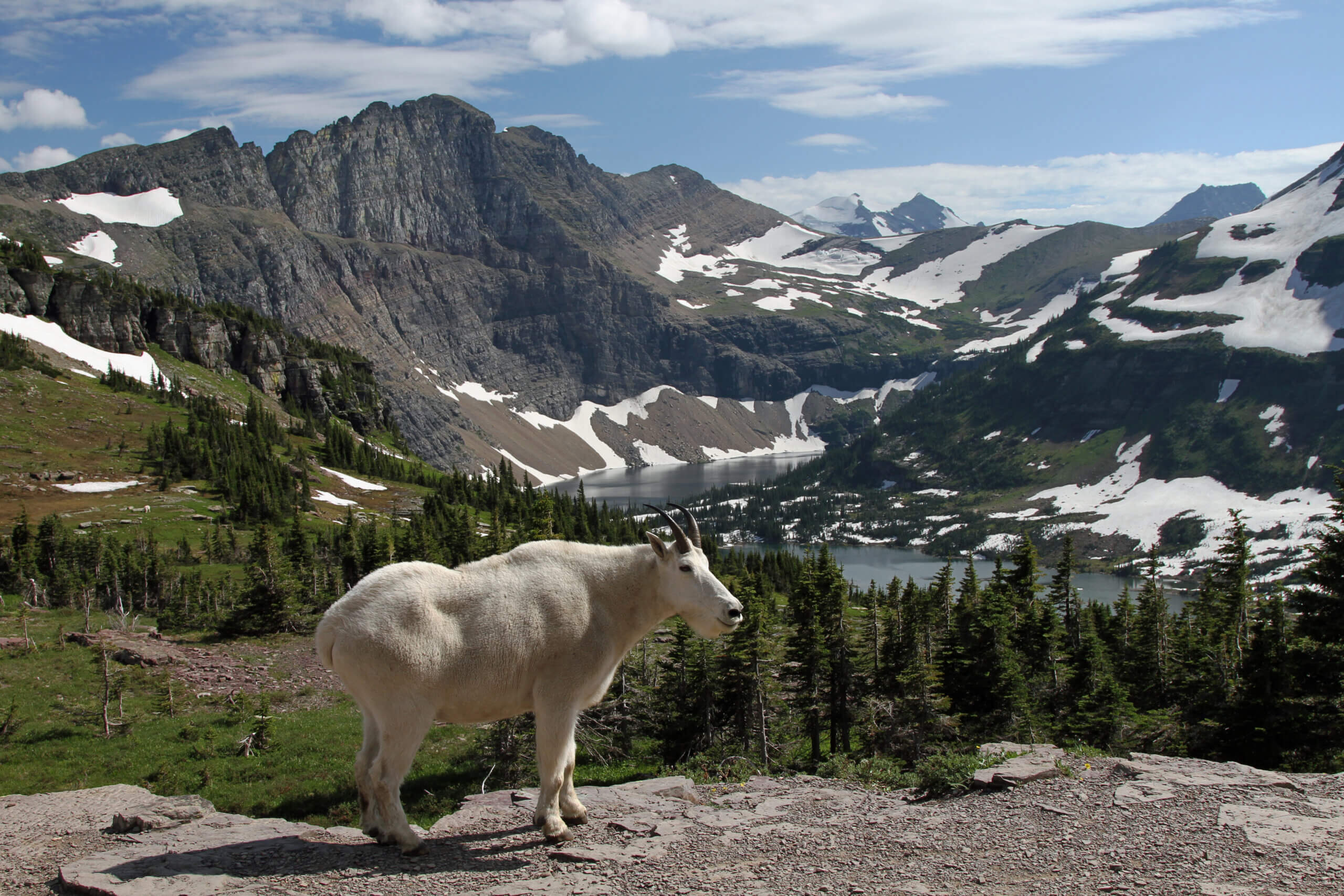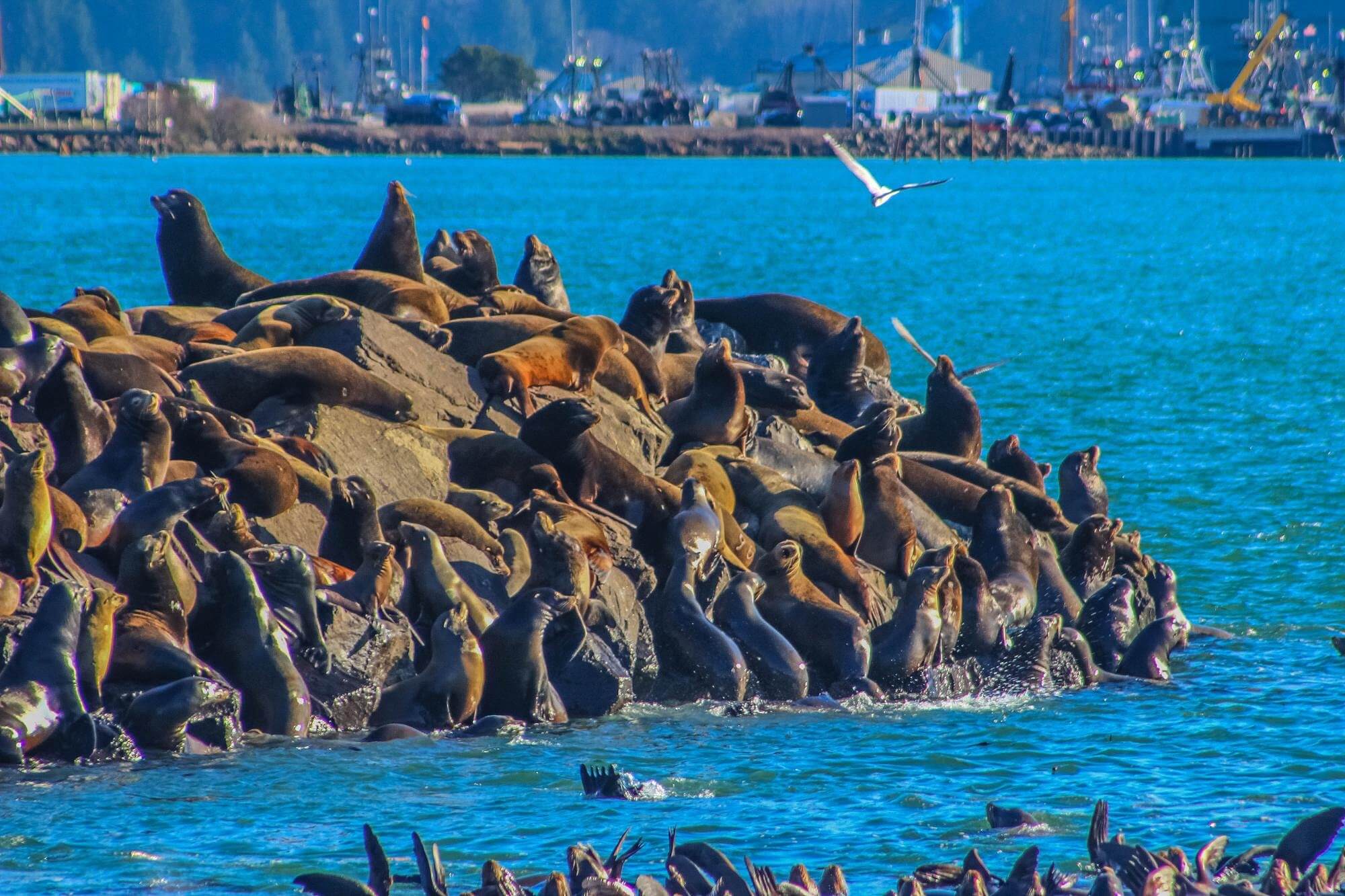We at Traxplorio have met very few people who don’t love hot springs. Some prefer a cleaner, more sterile experience offered by long-established resorts, while others like to head out into the wilderness to grab a soak in deep nature, bugs ‘n’ all.
Whatever your taste, we decided to take a look at some of the pros and cons of soaking in hot, natural mineral water. We’ll start with the bad, but please do keep reading on to the good, because the Traxplorio team 100% believes that with the right cautionary approach to soaking, there’s no reason not to take up and enjoy a hot-springer lifestyle.
Hot Springs Cons
Getting There
Some of the best natural hot springs require a hike under the hot sun, with ups and downs on steep root-covered and poison oak- or tick-ridden trails. Depending on the season, these trails can be muddy, icy, or buzzing with mosquitoes.

Or if heading there by car, you might need to endure a rough, dirt, weather-worn track to get to the remote location, a track which is bumpy, twisty-turny, or churned-up muddy.
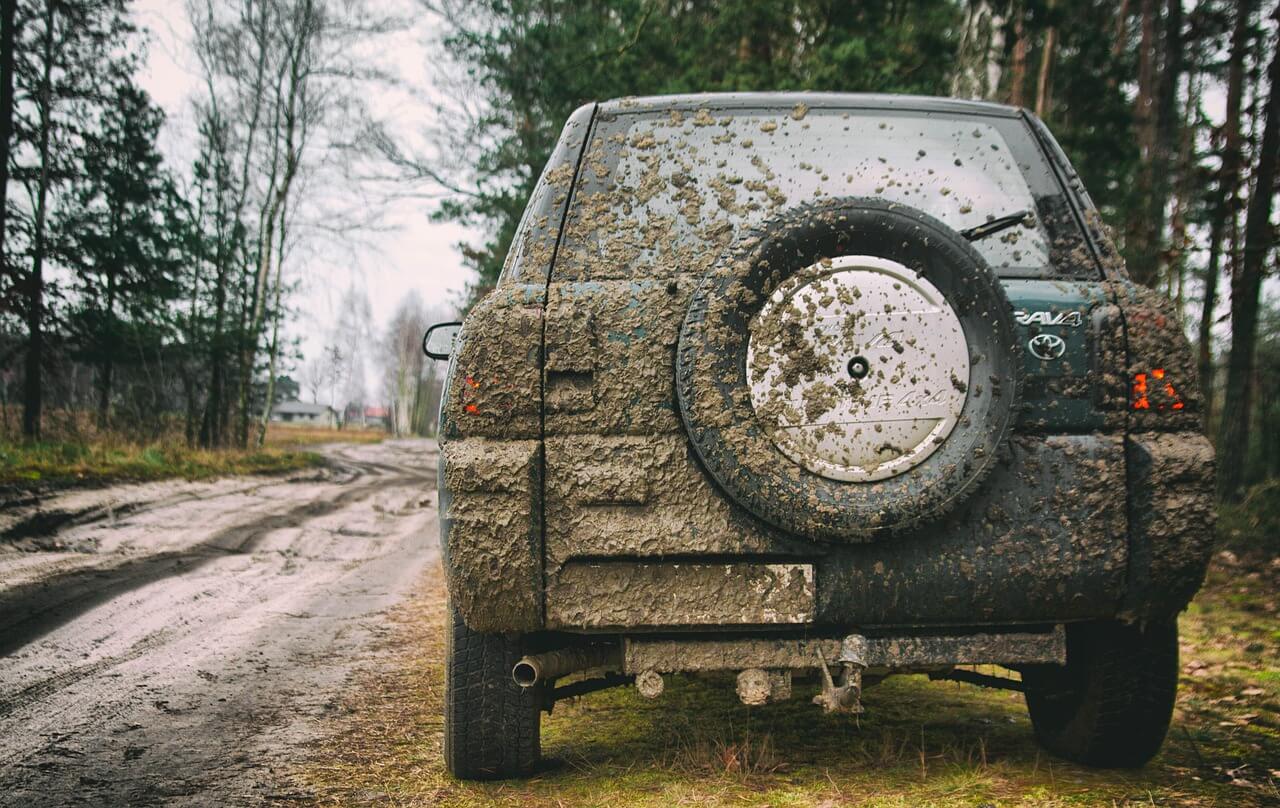
AVOID IT! Choose from our selection of “easy access” hot springs- ones where the roads are paved and the parking area is near your next soak.
For the hikers/adventure-lovers among you, before you go, use your common sense and the plethora of material online advising you on how to prepare for a hike and the essentials you’ll need to take with you. We’ve provided links for just two such sites – feel free to explore others.
In tick season, wear pants, not shorts, and take plenty of bug spray!
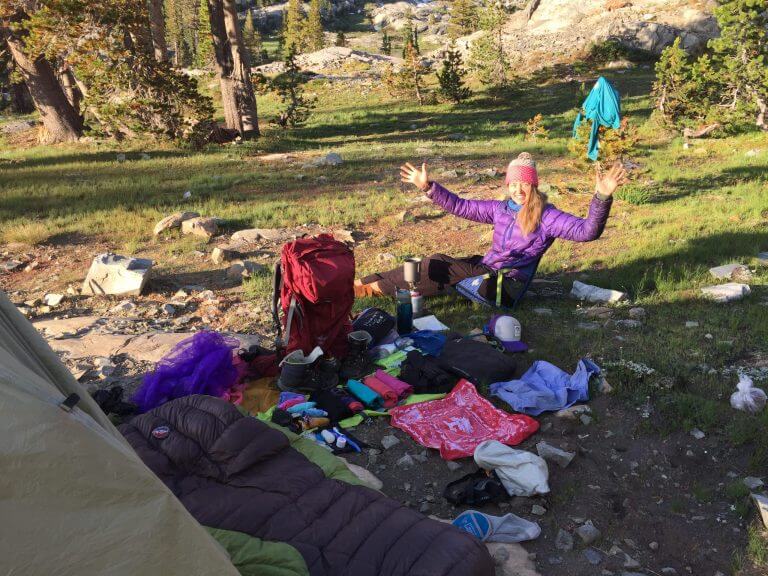
Other People’s Dirt
From trash to peeing (or worse) in or near a pool. We hate that we have to write about this at all, but it’s a sad reality, so here we go. Some visitors to hot springs have no care or concern for nature or future visitors. They come in with their friends, drink, smoke, eat, and leave their waste behind when they go.
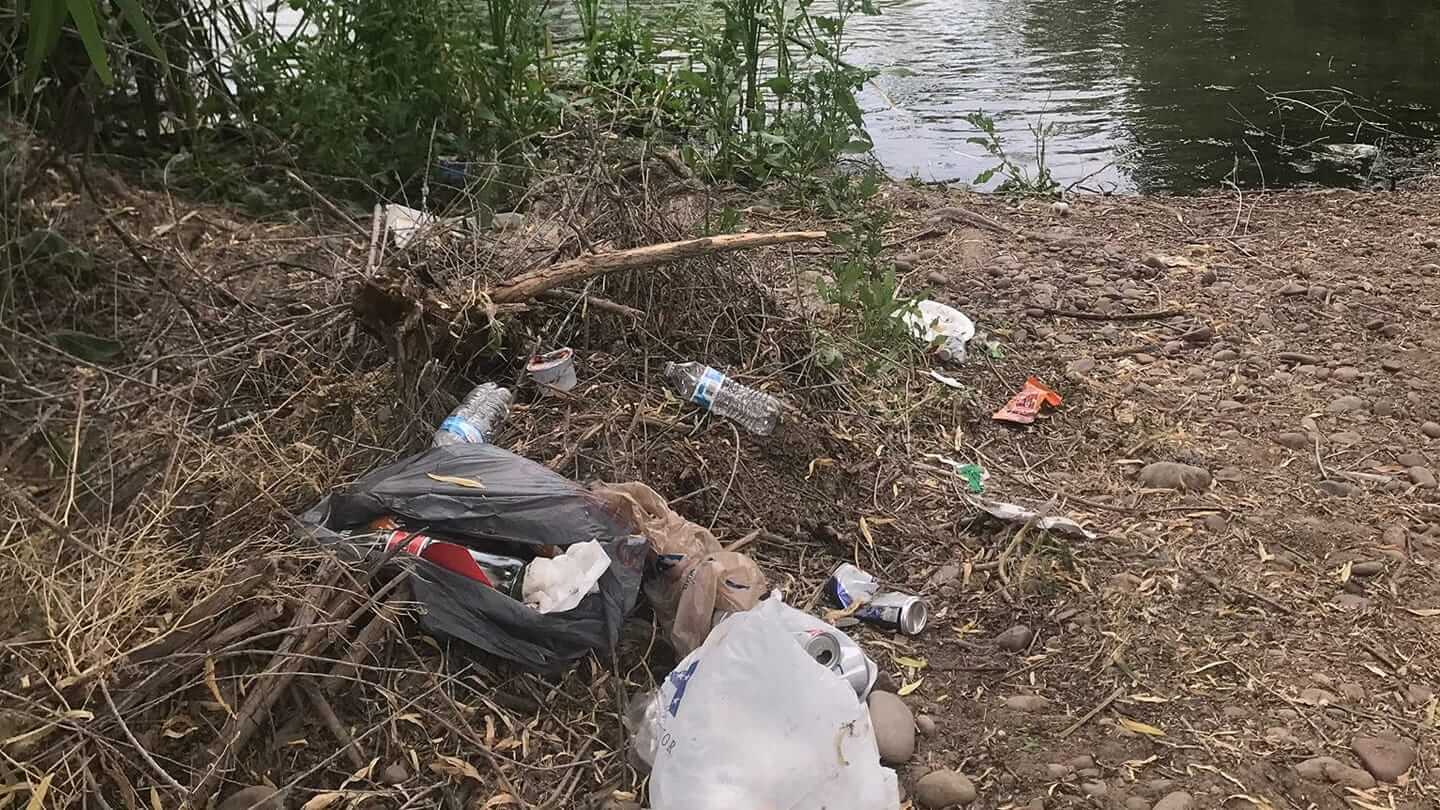
AVOID IT! Pack out what you pack in. Never leave trash anywhere except in a designated bin, and please recycle where possible.
Go potty far, far away from any water source (at least 200 feet, but be careful not to get lost in the woods while doing so!). Not wanting to fill up this page with the details of how to poop with respect, we’ll instead direct you to this very descriptive and professional page to learn how to do it right and respectfully so as to keep the water clean and the area safe for others to enjoy.
Too Hot To Handle
Dehydration, palpitations, and blisters – all of these are unhappy side effects of a careless soak.
Sitting in hot water is like sitting under the hot sun: your body will sweat, and when it sweats, you lose the water your body needs to function. Some of the early warning signs of dehydration include:
- feeling thirsty and lightheaded
- a dry mouth
- tiredness
- having dark-colored, strong-smelling urine
- passing urine less often than usual
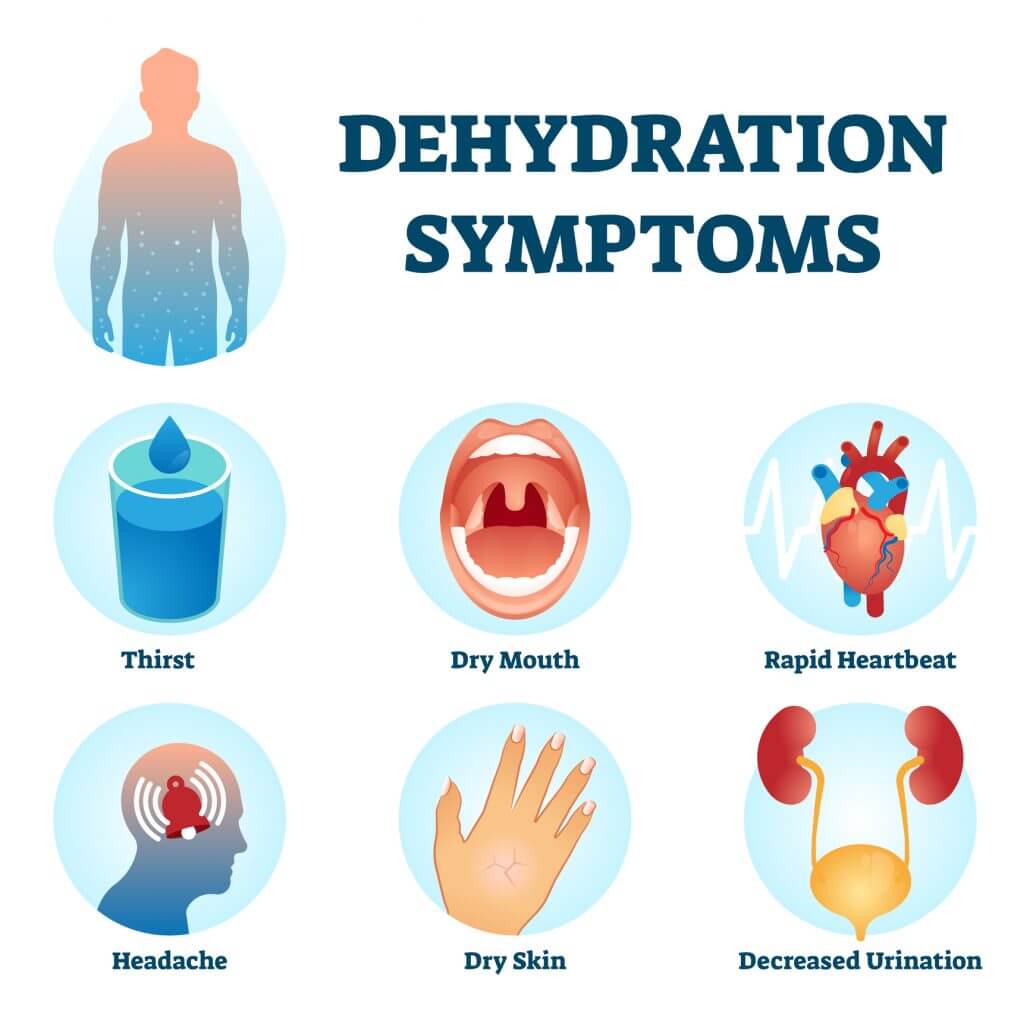
Furthermore, as you warm up, your heart will start to beat faster.

Hot springs can be particularly dangerous for those who:
- have heart disease;
- are pregnant;
- are prone to slipping, falling, or fainting;
- have open cuts or sores.
AVOID IT! Don’t just jump in, check the water temperature with your elbow first, so as to avoid getting burned. Once in, be sure to pace yourself. Listen to your body, and if it says “enough” or “take a break,” do it! Cool off in nearby regular water, in a shallow river, or shower.
Be sure to drink plenty of clean water. If you’re hiking in, be sure to take enough drinking water with you and have a filter on your bottle so you can fill up on the way. In this case, be sure to check weather conditions and water levels on the trail before you go, to guarantee that you’ll have water supplies available. Pay attention to you and your kids and make sure everyone is drinking regularly.
If you have open wounds, clean and dress them and keep them out of the hot springs water.
For those with any of the conditions listed above, we advise you to talk to your doctor before taking a trip to a hot spring- better safe than sorry!
Unexpected Closures
This covers everything from “Acts of God” to fires started by careless guests not extinguishing their fires right – please don’t be one of those! Forest fires can cut off road access or destroy the natural landscape, damaging the trees that provide shade to a hot springs site and which generate the fresh air that people go there to enjoy.

Flooding and landslides can submerge hot spring pools – turning them into rock-filled sludge. The worst “closures” for us, though, and the most heartbreaking, are when the state authorities decide that a hot springs has been just too disrespected and polluted by visitors – in such cases it’s a relief for nature that they ban access, giving the site time to recover from us humans.
AVOID IT! The best way to avoid turning up to a dud is to check the official weather conditions and the latest local warnings/bans/closures before you go. In most cases, we at Traxplorio provide the links for these official sites on the individual hot springs pages for you to quick-check.
As for what you can do to help prevent future closures – pack out what you pack in, leaving no trace, and if you light a fire (some locations require a permit for this, and seasonally ban fire lighting), don’t leave until you are 100% sure the fire is out.
Grumpy Management
Read the reviews: there are sadly plenty of hot springs owners/employees out there that didn’t get customer service training. Some are over-friendly, drinking beer and sharing cigarettes in the pool with some guests while disturbing the peace for others; others are cold, detached, or become aggressive when they get complaints or special requests.

AVOID IT! The best way to avoid such people is to check out review sites before you commit to a destination, and also to go to the official websites of commercial hot springs and read the details carefully – pay particular attention to their Rates, Policies, and FAQs pages, and, if in doubt, be sure to contact them before you set off! Some commercial hot springs are very particular about their property rules, and familiarizing yourself with these before you arrive can make your stay a lot more comfortable and stress-free for all.
We at Traxplorio provide links to the sites and relevant pages on our individual hot springs pages to help you quick-check.
Bacteria In The Water
Natural spring water can contain numerous different microorganisms, some of which we can live with, others that can lead to infections, skin rash, and gastrointestinal illness.
When we first heard about such things, particularly E. coli, Fecal Coliforms, Vibrio Cholera, and Naegleria fowleri (a brain-eating bacteria that thrives in warm water), we wanted to swear off hot springs for life, but the reality is that the numbers are low, and simple care and caution can help you avoid the risks. We’ll start with a small but heartbreaking story involving the most dangerous of the above, Naegleria fowleri, to emphasize the need to take this seriously:
In October 2018, a previously healthy child was admitted to an intensive care unit at a southern California hospital with headache, vomiting, fever, and an altered mental state. He died on his third day in the hospital. Family members said that 12 days before the symptoms started, the boy swam in a natural freshwater pool in Inyo County. (Source: Reuters)
We turned to the CDC for the following information:

Naegleria fowleri infections are rare and devastating. Naegleria fowleri amoeba can travel up the nose and into the brain. This causes the disease Primary Amebic Meningoencephalitis (PAM), which destroys brain tissue and causes brain swelling and death. Of the 121 cases (all but one of which were fatal) of Naegleria fowleri reported in the United States from 1937 to 2007, four were tied to hot springs, according to the CDC. For a numbers comparison, though, there were more than 36,000 drowning deaths in the US just between 1996 and 2005. From 2012 to 2021, 31 Naegleria fowleri infections were reported in the US, all but three of which were fatal.
Symptoms can be mild at first, but worsen quickly, usually starting about 5 days after infection (but this can also range from 1 to 12 days). Symptoms may include a headache, fever, nausea, or vomiting, later followed by a stiff neck, confusion, lack of focus, loss of balance, seizures, and hallucinations. Death can occur within 5-18 days after symptoms start.
IMPORTANT – You cannot be infected with Naegleria fowleri by drinking contaminated water, and the infection cannot spread from person to person.
People are infected when water containing the amoeba enters the body through the nose, usually when they are swimming or diving in warm freshwater (lakes, rivers, hot springs). (Source: cdc.gov)
AVOID IT! If you choose to swim or dive in freshwater, such as in a hot springs, you can reduce your risk of bacterial infection by limiting the amount of water that goes up your nose. Hold your nose shut, use nose clips or plugs, or simply keep your head above water – as we tell the kids: “Shin to Chin!”
Don’t put your head under water in any natural hot springs, and avoid stirring up the sediment. Certainly don’t drink any hot springs water – this can lead to an upset stomach!
If you or the kids do get water up your noses, rinse your nose out using a nasal irrigation device filled with safe, sterile water as soon as you can, and consider seeking medical advice.
A skin rash sounds like the least of your worries, but it can happen following a soak in dirty water. Rinse off in clean water as soon as you can, and if the symptoms persist, go to a doctor.
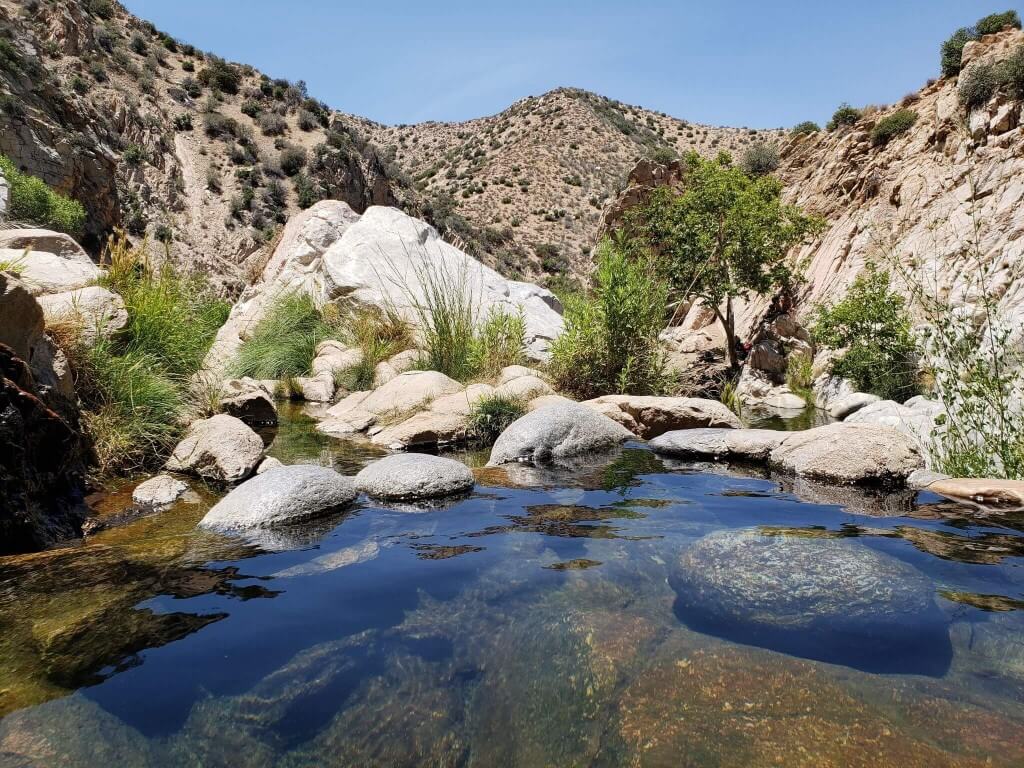
There’s no need to panic, though, or to give up hot-springing, as the cases are few and the pools that have a risk factor tend to be publicized – be sure to check online before you go! And, as Riverside County public health officer Eric Frykman said, the risk of contracting the Naegleria fowleri amoeba from swimming in an infected pool is so slim that the average person has a higher risk of dying in a car accident while driving to and from the swimming hole. “The risk is exceptionally low,” he told the LA Times.
Hot Springs Pros
Now onto the good stuff, because hot springs are great and help to:
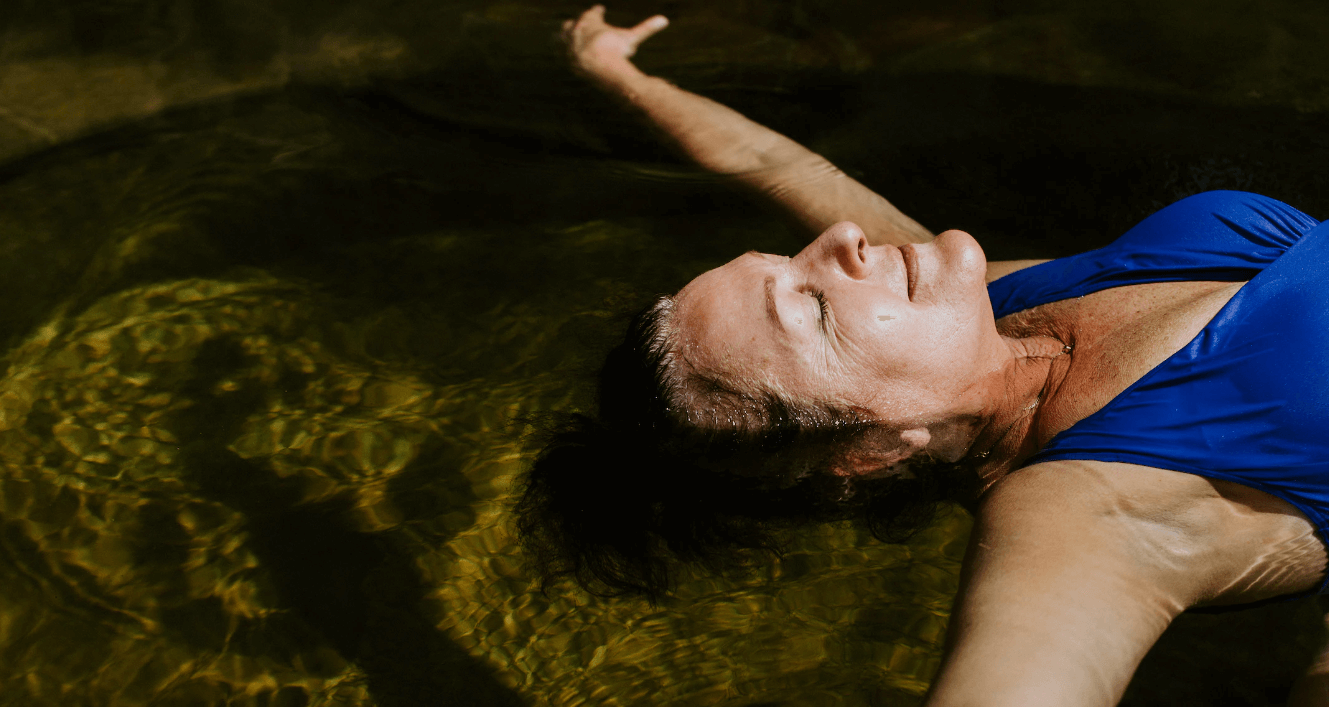
Boost Circulation
Natural hot springs water containing calcium and sodium bicarbonate are great for blood circulation. As we soak, our bodies absorb these minerals, which increase overall oxygen flow.
Relieve Stress
The mineral water in hot springs can reduce stress by relaxing your tense muscles. It’s also great for those same muscles to enjoy the heating up and then cooling off process once you exit – promising you a night of deeper sleep.
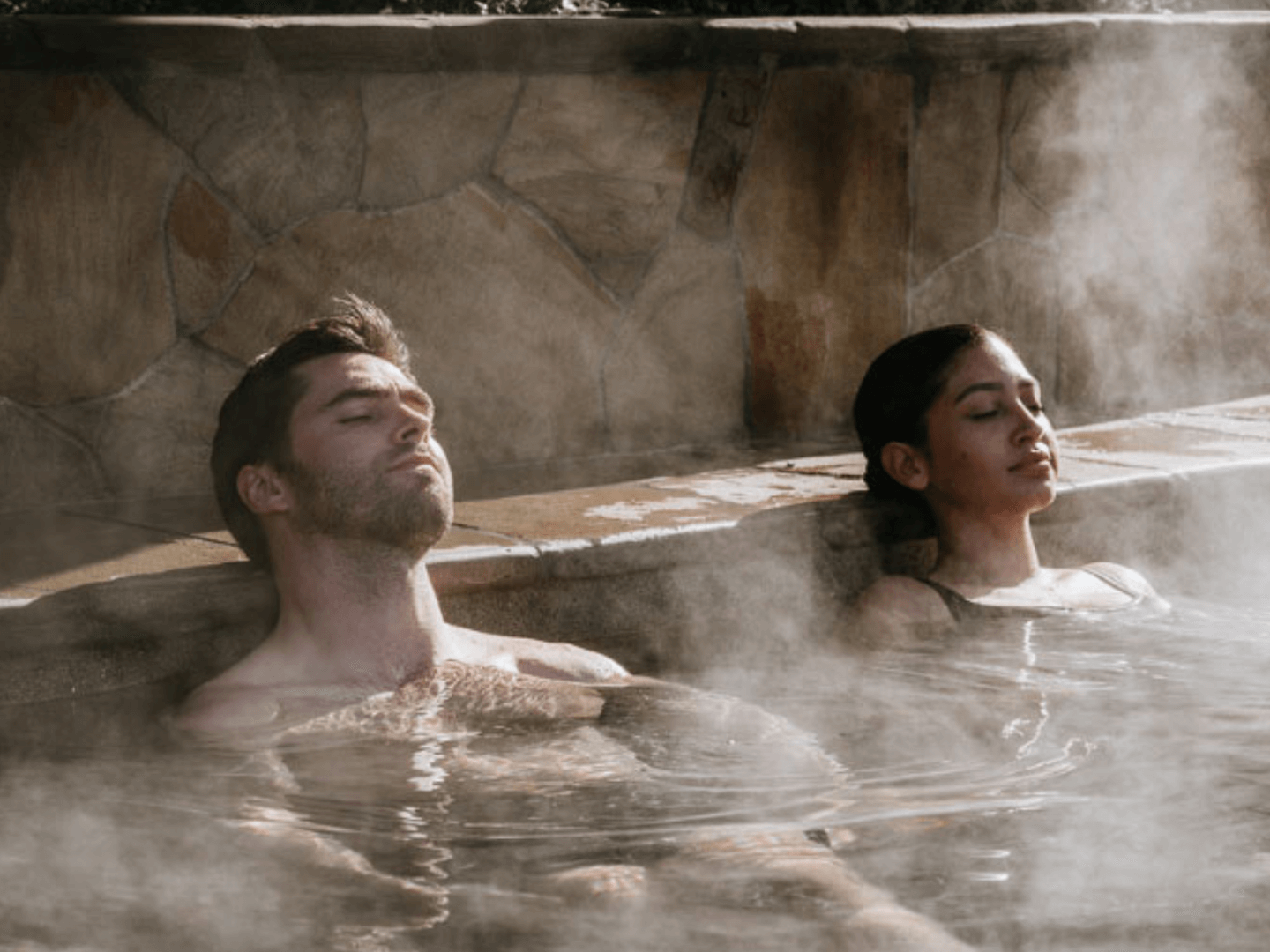
Relieve Pain
An Israeli study found that soaking in natural hot springs can help relieve pain and the tiredness caused by pain, with the heat dulling our perception of pain by “blocking the pain receptors in our bodies.” Floating is also great – the water supports the body’s joints and allows for more comfortable movement.

Care For Our Skin
The high silica content found in some hot springs can smooth and soften dry and rough skin. Meanwhile, any sulfur that is in the water offers medicinal properties that help relieve conditions such as eczema and psoriasis.
Ease Bone And Joint Issues
A regular soak in a natural hot springs is a great way to manage the symptoms of osteoarthritis, working as a heat treatment and opening blood vessels so fresh, nutrient-rich blood can flow more freely to your joints.
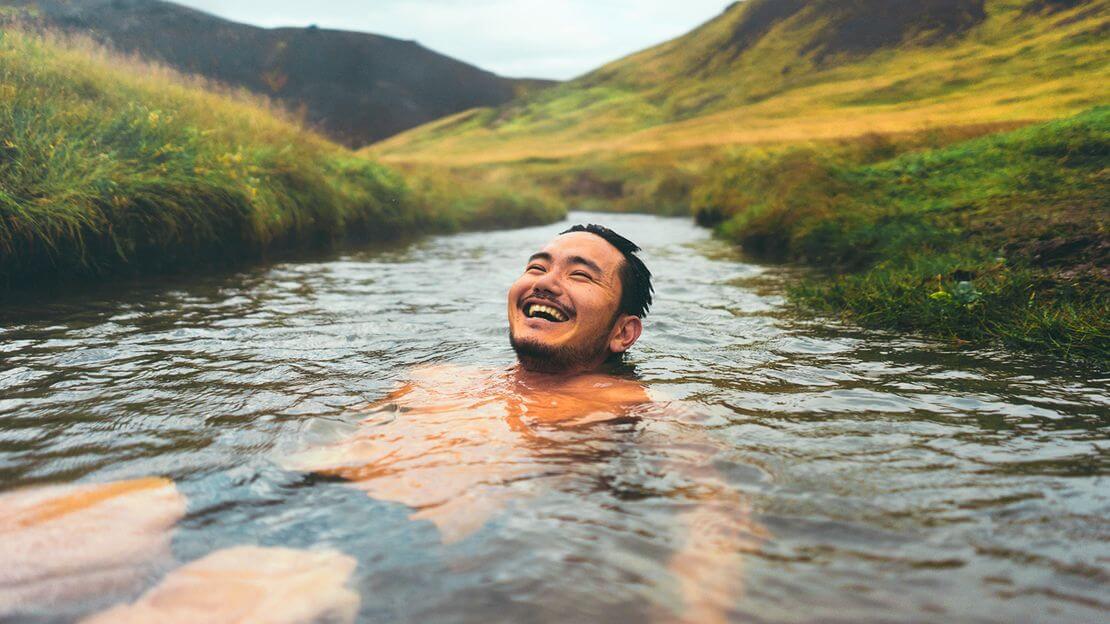
Boost Mental Health
All the above benefits lead to one thing: a better state of mind. Soaking in hot water lowers cortisol (that pesky stress hormone) levels in our blood. What’s more, if lithium is present in the hot spring you’ve chosen to visit, all the better for you, as lithium boosts mood, promoting feelings of calm and happiness and leaving you with a general sense of well-being.
Disclaimer – Always check with your doctor before visiting hot springs to be sure it is right and safe for you.
The Takeaway
Hot springs are a beautiful gift of nature that we should both respect and care for. And while they can be beneficial, they can also be deadly. Follow our tips and advice above, prepare before you go, and you’ll be guaranteed a safe, comfortable, and refreshing natural soak that boosts both your physical and mental health.
Read More…
For general and very important “hot springs etiquette,” we highly recommend you take a moment to read our carefully compiled list of “dos and don’ts at hot springs” here.
You might also enjoy our Nag, Nag, Nag – Why Do Hot Springs Have So Many Rules? article, and the intriguing question of “nude or not?” discussed here: Hot Springs – At One With Nature Or Too Much On Display?
For the morbid among you, have a read of our Death and Murder at Hot Springs article – a collection of tales to pay heed to, then click on over to our popular Why You Should Be Planning A Hot Springs Soak This Weekend to get re-inspired!
Happy soaking!




